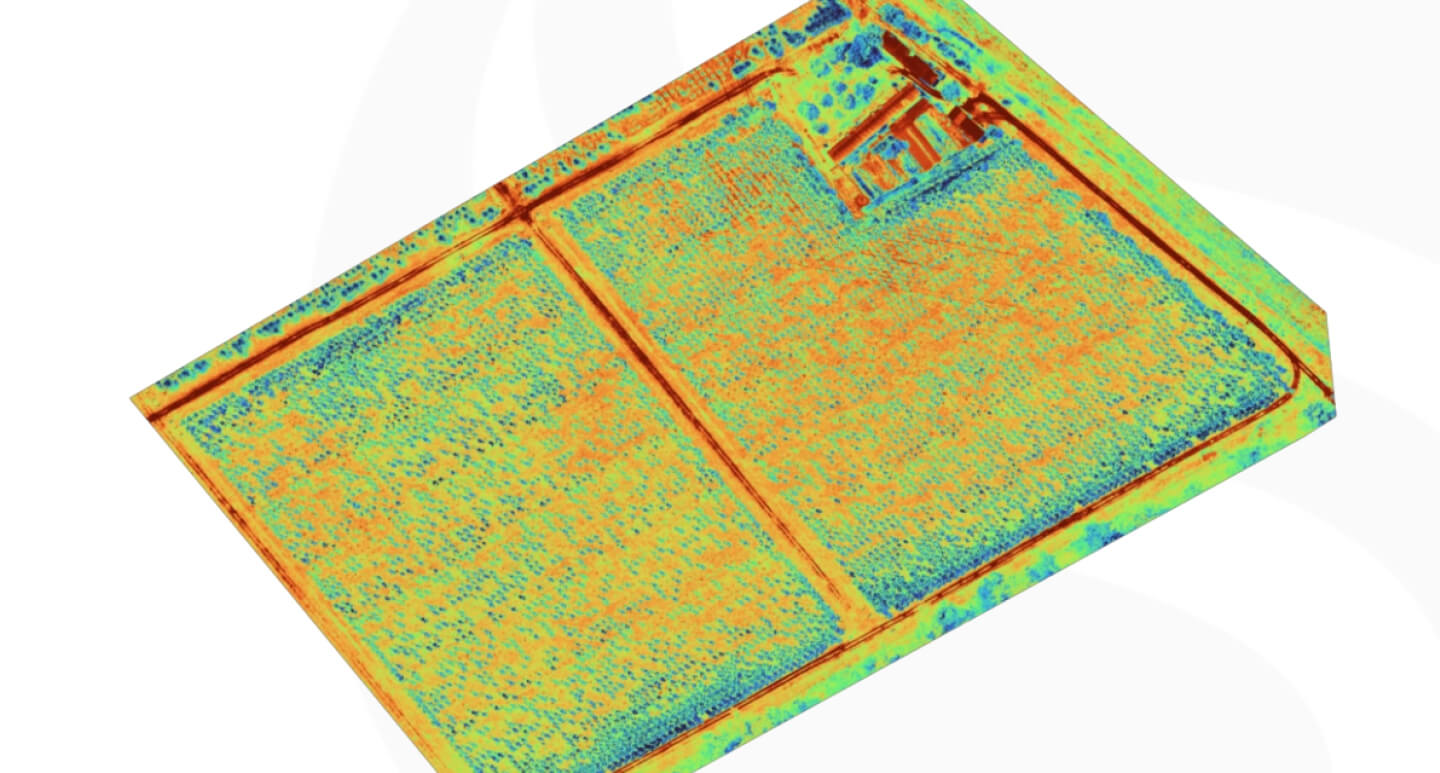A significant boost in accuracy, efficiency and cost effectiveness awaits for precision agriculture and environmental research with Wingtra’s new MicaSense RedEdge Panchromatic (RE-P). Capturing the same five bands as the proven RedEdge-MX, the RE-P introduces lifelike detail, powerful RGB output capabilities and a panchromatic sensor for enhanced resolution. The RE-P’s pan-sharpened resolution is twice that of the MX, but comes with a three times faster shooting speed. This means you can fly at lower altitudes to enhance the resolution even more.

How does panchromatic imaging works and what is it exactly?
Pansharpening is the fusion of higher resolution grayscale images with multispectral images. Panchromatic images provide sharper-edged spectral insights that are more accurate and more photo-realistic. Each pixel in multispectral images capture precise narrow bands of light. Because the bands are so narrow, the available light is weaker across a pixel. To let in enough light to pop each image, increasing the pixel size is the way to go. But the spatial resolution becomes worse when pixelsize increases. By adding another sensor to capture black and white, it becomes possible to capture grayscale data with a higher spatial resolution.
Flying at 60 m (197 ft), the RE-P offers pin-sharp output resolutions of 2 cm (0.8 in). This is double the ground resolution of RedEdge-MX. Because of the 5.1MP panchromatic sensor and the faster image capture rate – three frames per second – these previously unattainable multispectral resolutions are now attainable. You can also extract useful digital elevation models, just as you would with a 24MP RGB sensor and without the need to change your software.
The MicaSense RedEdge Panchromatic camera enables true-to-life RGB outputs, as well as a new industry standard, with at least twice the multispectral resolution as the RedEdge-MX.
Video courtesy of MicaSense.
Explore analytics possible with the WingtraOne GEN II and the RE-P payload

The photo above is just one example of the available analyzes based on the data collected by the WingtraOne and the RE-P payload.
On June 1, 2022, the WingtraOne GENII RE-P payload will ship and promises to take results and field efficiency to the next level for environmental monitoring, inspection and research, as well as agriculture.
